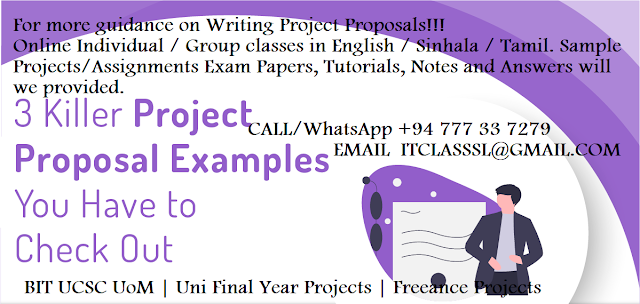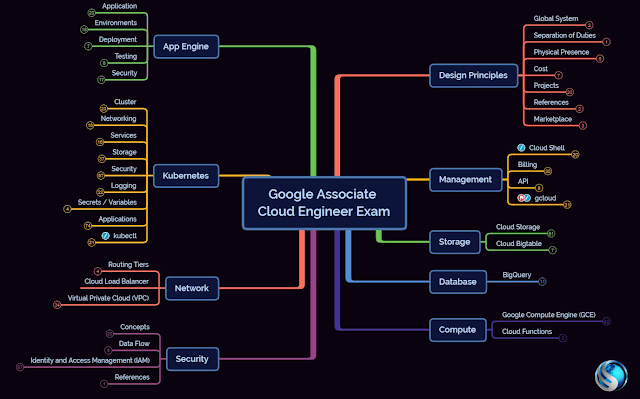Project Proposal: Asset Inventory Management Software
1. Introduction
The purpose of this project proposal is to present a detailed plan for the development of an Asset Inventory Management software. This software aims to streamline and automate the process of tracking, managing, and maintaining assets for organizations. It will provide an efficient and centralized system to manage asset inventory, reduce manual errors, improve data accuracy, and enhance overall productivity. This proposal includes a feasibility study, scope, objectives, features, technology stack, functional and non-functional requirements, work breakdown structure, and a flowchart to visualize the project's flow.
2. Feasibility Study
The feasibility study evaluates the practicality and viability of the project. The following aspects have been considered:
a. Technical Feasibility: The required technology and infrastructure are readily available and can be implemented without significant challenges.
b. Economic Feasibility: The benefits derived from the software, such as improved asset management, reduced costs, and increased efficiency, outweigh the development and maintenance costs.
c. Operational Feasibility: The software aligns with the organization's goals and objectives, and the stakeholders are willing to adopt the new system.
d. Schedule Feasibility: A realistic timeline has been established, considering the project's complexity and available resources.
3. Scope
The scope of the Asset Inventory Management software includes:
a. Asset Tracking: Ability to track and record all assets within an organization, including equipment, hardware, software, and other valuable resources.
b. Asset Lifecycle Management: Features to manage assets throughout their lifecycle, including procurement, allocation, maintenance, and disposal.
c. Reporting and Analytics: Comprehensive reporting capabilities to generate real-time reports, performance analytics, and asset utilization insights.
d. Integration: Seamless integration with existing systems, such as financial management software, to provide accurate financial data and streamline processes.
e. User Roles and Permissions: Role-based access control to ensure data security and restrict access to authorized personnel.
f. Mobile Support: Compatibility with mobile devices to enable asset tracking and management on the go.
g. Scalability: Ability to handle a large volume of assets and accommodate future growth.
4. Objectives
The key objectives of the Asset Inventory Management software are:
a. Streamline asset management processes to increase efficiency and reduce manual errors.
b. Improve accuracy and reliability of asset data, ensuring up-to-date information.
c. Optimize asset utilization and minimize unnecessary purchases.
d. Enhance decision-making through real-time reporting and analytics.
e. Provide a centralized platform for easy access and collaboration.
5. Features
The Asset Inventory Management software will include the following features:
a. Asset Registration: Record and store detailed information about each asset, including specifications, purchase details, warranties, and maintenance history.
b. Asset Tracking: Track asset locations, assign owners, and monitor movement and usage.
c. Maintenance Scheduling: Schedule and manage preventive maintenance tasks to ensure asset reliability and longevity.
d. Depreciation Management: Calculate and track asset depreciation over time for accurate financial reporting.
e. Reporting and Analytics: Generate various reports, including asset inventory, depreciation, utilization, and financial summaries.
f. Barcode/QR Code Integration: Enable asset identification and tracking using barcode or QR code scanning.
g. Alerts and Notifications: Send automated notifications for maintenance schedules, asset expirations, and other critical events.
h. Integration with Financial Systems: Integrate with financial software to synchronize asset data and facilitate accurate reporting.
i. User Management: Manage user roles, permissions, and access levels.
6. Technology Stack
The proposed technology stack for the development of the Asset Inventory Management software includes:
a. Backend: Python, Django framework, PostgreSQL database
b. Frontend: HTML5, CSS3, JavaScript, React framework
c. Mobile Support: React Native
d. Barcode
/QR Code Integration: Barcode/QR code scanning libraries (e.g., ZBar, Dynamsoft Barcode Reader)
e. Reporting and Analytics: Business intelligence tools (e.g., Power BI, Tableau)
7. Function and Non-Functional Requirements
a. Functional Requirements:
- User registration and authentication
- Asset registration and categorization
- Asset tracking and movement history
- Maintenance scheduling and notifications
- Reporting and analytics module
- Integration with financial systems
b. Non-Functional Requirements:
- User-friendly interface and intuitive navigation
- High data security and access control
- Scalability and performance optimization
- Mobile responsiveness
- Backup and recovery mechanisms
8. Work Breakdown Structure
The work breakdown structure (WBS) outlines the project tasks and their dependencies. It includes the following major components:
a. Project Initiation
- Feasibility study
- Requirement gathering and analysis
- Project planning
b. Design and Development
- Database design and setup
- Frontend development
- Backend development
- Integration with external systems
c. Testing and Quality Assurance
- Unit testing
- Integration testing
- User acceptance testing
- Bug fixing and refinement
d. Deployment and Training
- Software deployment
- User training and documentation
e. Maintenance and Support
- Ongoing maintenance and bug fixes
- Feature enhancements and upgrades
9. Flowchart
The flowchart visually represents the flow of the Asset Inventory Management software, depicting the sequence of steps involved in various processes, such as asset registration, tracking, maintenance scheduling, reporting, and integration with financial systems. The flowchart will be created during the design and development phase, incorporating feedback from stakeholders and subject matter experts.
In conclusion, the proposed Asset Inventory Management software aims to improve asset management efficiency, accuracy, and decision-making within organizations. The feasibility study, scope, objectives, features, technology stack, functional and non-functional requirements, work breakdown structure, and flowchart provide a comprehensive plan for the successful development and implementation of the software.
LinkedIn https://www.linkedin.com/in/ict-bit-tuition-class-software-development-colombo/
WordPress https://computerclassinsrilanka.wordpress.com
quora https://www.quora.com/profile/BIT-UCSC-UoM-Final-Year-Student-Project-Guide
Newsletter https://sites.google.com/view/the-leaning-tree/newsletter
Wix https://itclasssl.wixsite.com/icttraining
Web https://itclass-bit-ucsc-uom-php-final-project.business.site/
mystrikingly https://bit-ucsc-uom-final-year-project-ideas-help-guide-php-class.mystrikingly.com/




